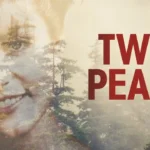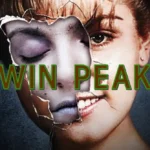TWIN PEAKS. The Return – Part 8. The craziest hour in the history of television
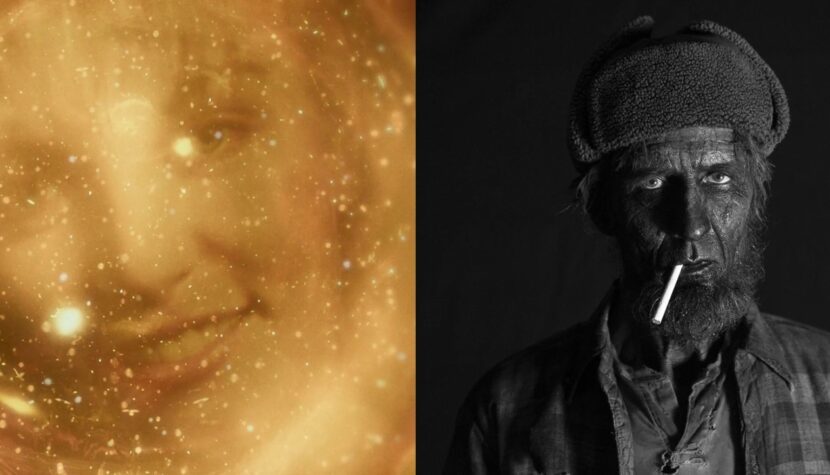
In the early 1990s, American television viewers craved new experiences. The traditional formula represented by the two biggest blockbusters of the 80s, i.e. Dynasty or Dallas, has run out. What was needed was something fresh, addictive, different from anything that had been shown on television so far. The viewers’ dream came true quite quickly, because on April 8, 1990, they received the first episode born in the minds of David Lynch and Mark Frost, the most sick, twisted and strange soap opera in history. ABC’s gamble in buying a show they knew only that it would tell the dark secrets of the inhabitants of a small town that smelled damn good of coffee and Douglas fir paid off. The production has become a phenomenon on a global scale. Twin Peaks seduced, fascinated, and also tested the resistance of the TV viewer. If rumors are to be believed, Lynch and Frost’s series fascinated Mikhail Gorbachev, who asked George Bush at every opportunity if he knew who killed Laura Palmer.
DOES IT MATTER WHO KILLED LAURA PALMER?
David Lynch and Mark Frost wanted the criminal mystery centered around a dead girl found in a plastic bag by Pete Martell (Jack Nance) to possibly never be solved. However, the authorities of the ABC station looked at this issue in a completely different way. So they forced Lynch and Frost to reveal the identity of the murderer in the second season of the series. The creators of Twin Peaks agreed to ABC’s demands and in the sensational seventh episode of the second series, they unraveled the mystery that millions of viewers have lived so far. From then on, everything fell apart. The ratings of the series that revolutionized television fell head over heels. It turned out that the murder mystery of Laura (Sheryl Lee) was never a primary issue in Lynch and Frost’s production. After all, her death was only a pretext for an extremely complicated story about the fight between good and evil, for which the viewers of the early 1990s may not have been ready yet. In 2017, more than 25 years after the famous conclusion of the second season, Twin Peaks returned, and Lynch and Frost proved once again that all this madness was not just about who killed Laura. This is most clearly shown in the eighth episode of Twin Peaks: The Return, which probably best reflects what Showtime director David Nevins said about the new series before its premiere. He stated that the new season will be like pure heroin.
Related:
GOTTA LIGHT?
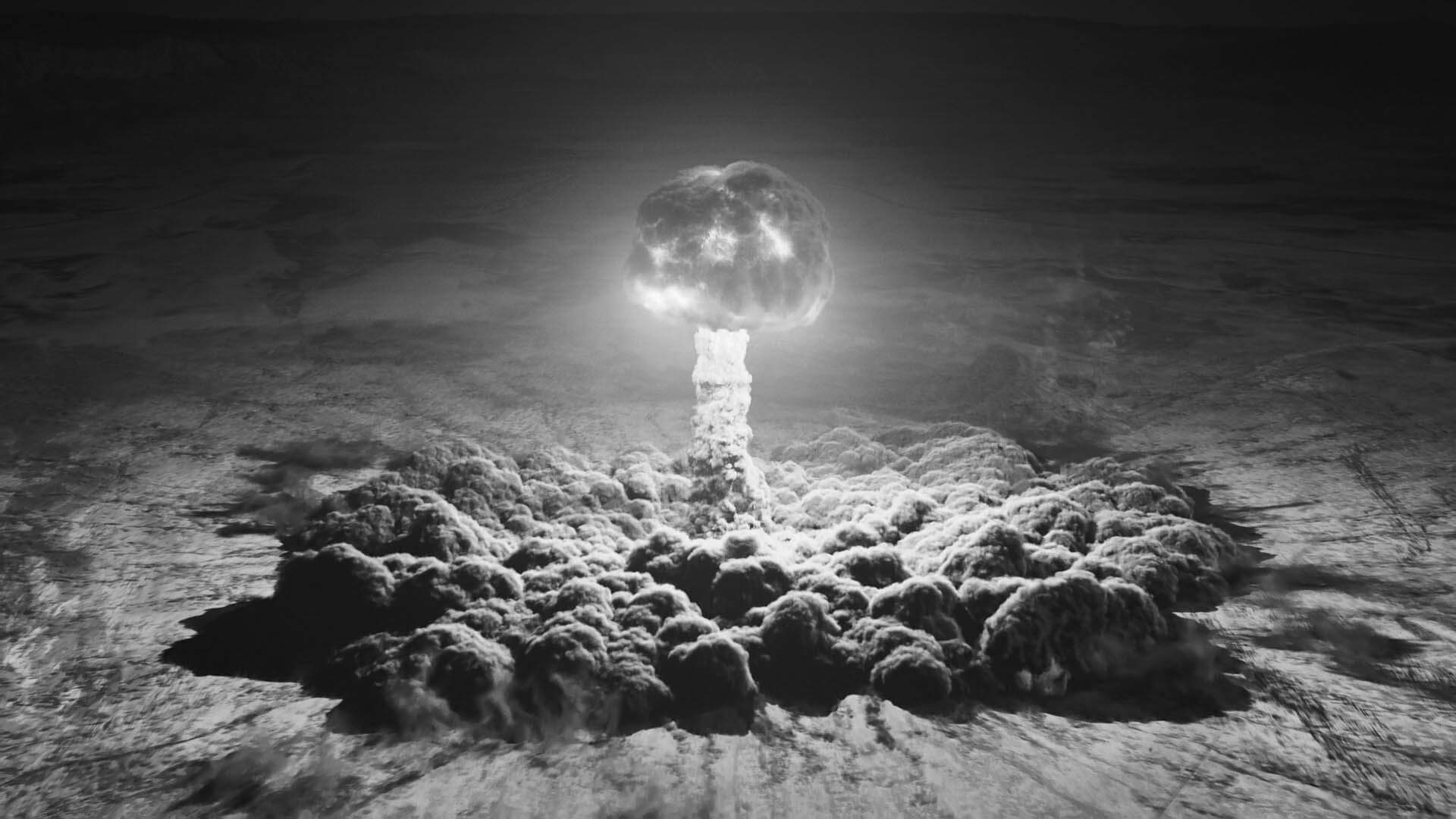
The eighth episode of the third season of Twin Peaks is divided into four segments that only seemingly have nothing to do with each other. In fact, they have everything in common. The first two sections of the episode take place in real time. Ray Monroe (George Griffith) shoots an evil doppelgänger of Cooper (Kyle MacLachlan). He falls to the ground and suddenly, terrible apparitions (Woodsmen) emerge from the forest, which begin to smear the wounded man’s blood all over his body. As a result of their actions, a fleshy object is extracted from the body of the evil Cooper, in which BOB’s face can be seen. Then we move to the Roadhouse for a performance by Nine Inch Nails, who perform the song She’s Gone Away, written especially for the series. After the song, we return to the shot doppelgänger. It turns out that the man survived Ray’s attack. What is most interesting in the eighth episode of Twin Peaks: Return takes place long before the above-mentioned events. The third and fourth episodes of Gotta Light? take viewers to the 1940s and 1950s and turn it into what is probably the most avant-garde, most original and at the same time the most difficult serial hour in the history of television.
On July 16, 1945, at 5:29:45 AM, an event took place near the city of Alamogordo, New Mexico, that irrevocably changed the world. For the first time in human history, an atomic bomb exploded. The American operation, code-named Trinity, was successful and even surpassed the wildest expectations of the military and scientists. A mushroom cloud 12 kilometers high, penetrating light and an unimaginable roar stunned the witnesses of this event. Although there were those who felt the presence of God at that time, it is really hard to believe that God would want anything to do with this explosion. The atomic bomb test at the White Sands training ground was used by Lynch and Frost to develop the mythology of the series, and actually to present the genesis of the most important characters of the entire series. Thanks to hypnotic images and the accompaniment of Krzysztof Penderecki’s Threnody to the Victims of Hiroshima, we delve into the very heart of the explosion. A human act of unprecedented destruction brings BOB (Frank Silva) to life, who turns out to be one of the vomit elements of a shape called The Experiment (Erica Eynon).
All the events described above are watched with attention and anxiety (probably because he doesn’t show it) by the Gigant (Carel Struycken), now named ??????? (according to the episode’s end credits) who, along with Senorita Dido (Joy Nash), presumably to protect humanity, send a golden orb bearing the image of Laura Palmer to Earth. The last segment of the eighth episode is already 1956. We witness two young people on a date, as well as a series of harrowing attacks by the Woodsmen with cigarettes in their mouths, who keep asking one strange question: “Gotta Light?”. Then one of them gets into the building of the KPJK radio station, kills the broadcaster and broadcasts a message through the microphone that knocks out all the listeners. At the very end of the episode, a cross between a frog and a moth crawls into the mouth of the girl we saw earlier when meeting the boy.
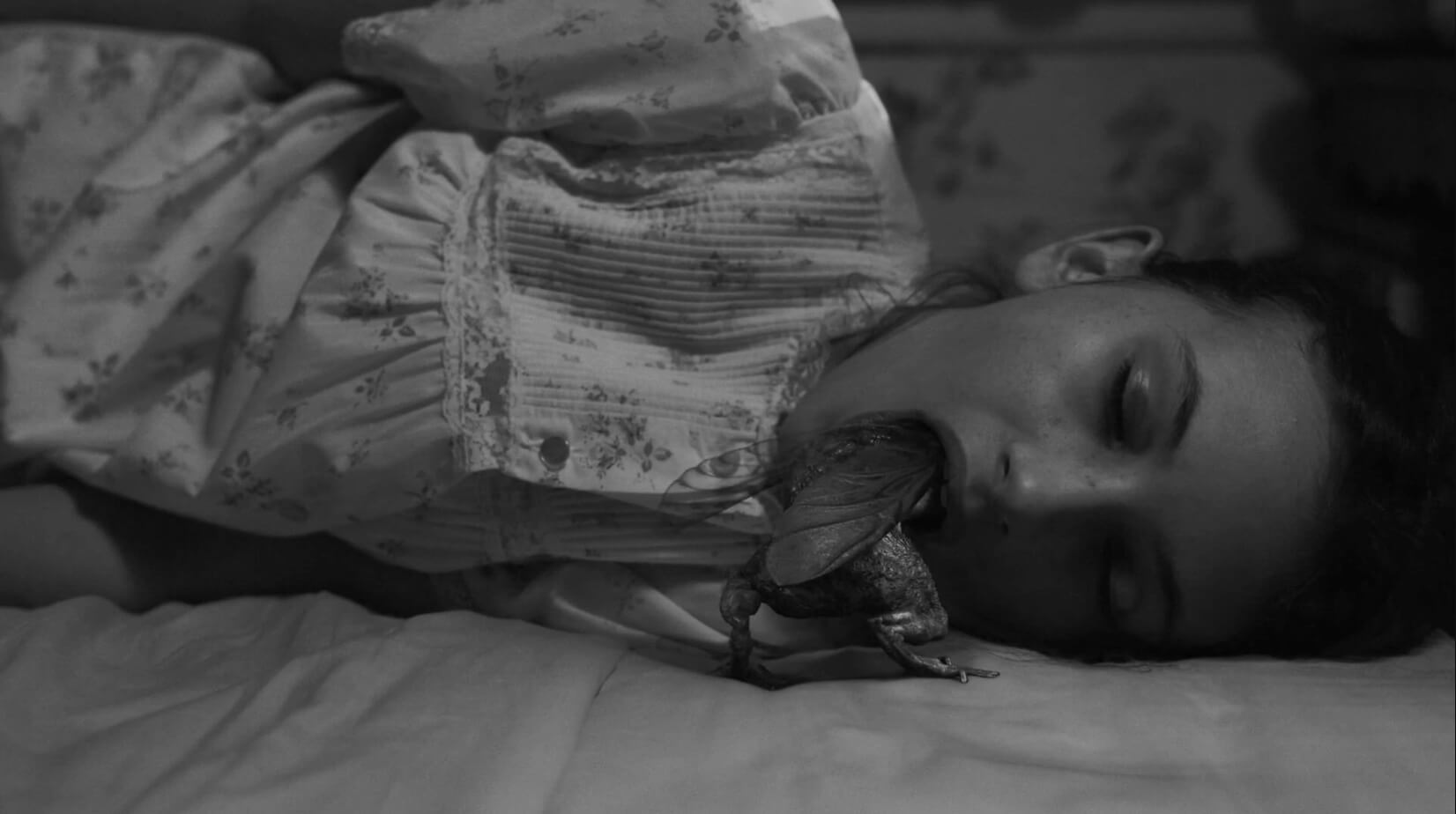
Episode eight of the third season of Twin Peaks completely divided the audience. He probably ultimately rejected those viewers who watched The Return because of nostalgia and longing for old friends from the famous small town. However, he convinced most fans of Lynch’s departures and dark, experimental climates. Gotta Light? episode is an interesting, avant-garde, mystical experience, which, more than images, terrifies with its enigmatic character. It’s a surreal, haunting, mesmerizing dream of evil, of the ultimate loss of innocence, reminiscent of a bizarre combination of The Tree of Life, The Little Prince and 1950s sci-fi movies. It’s also an episode that proves that Laura Palmer’s death was just necessary, and it didn’t really matter who was behind her murder, because whoever turned out to be the killer would still see BOB’s unforgettable face in their mirror image, the face of true evil.




